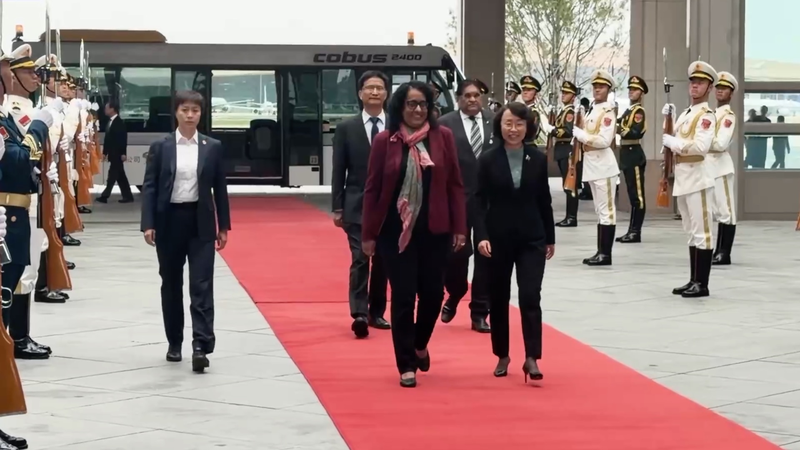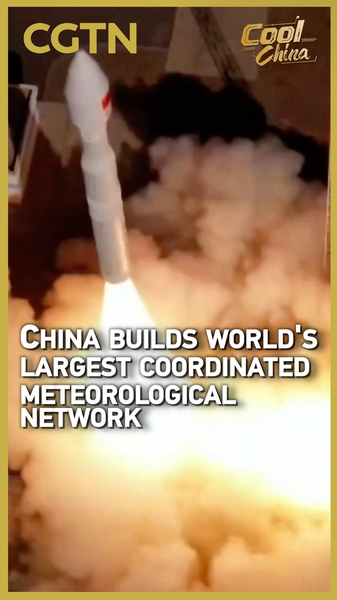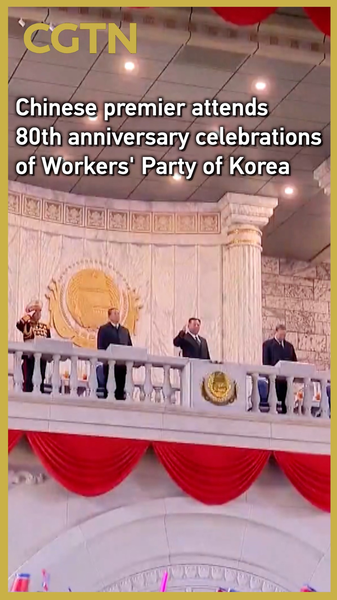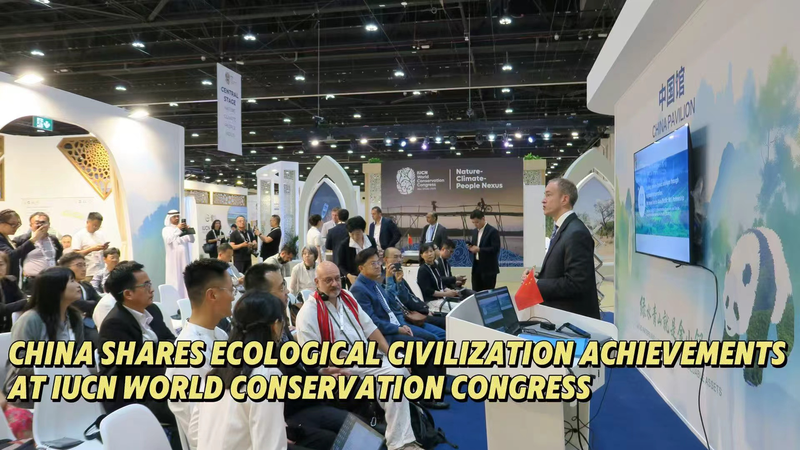Last week, a high-stakes face-to-face between U.S. President Donald Trump and Russian President Vladimir Putin landed in Anchorage, Alaska, stirring buzz from Washington to Moscow. We asked three top voices—an American scholar, a European specialist, and a Russian analyst—to decode the key takeaways and predict what's next on this global chessboard. 🌍
A Meeting of Giants
Robert English, associate professor at the University of Southern California, sees the Alaska summit as a cautious step toward easing tensions. He points out that both leaders agreed on the need for more talks, even as they maintained firm stances on issues like election security and sanctions.
Europe’s Perspective
Ulrich Brückner, professor for European studies at Stanford University in Berlin, says the meeting sent ripples through EU capitals. He notes that any shift in U.S.-Russia relations affects European security and energy markets, making Brussels watch the outcomes closely.
Russian Lens
Andrey Kortunov, director of the Russian International Affairs Council, highlights Russia’s goal of breaking the deadlock on strategic stability talks. He stresses that Moscow will be testing whether new agreements could lead to lifting some restrictions.
What It Means for You
Whether you’re tracking global markets, planning a study abroad, or just looking for the next big story, here’s what matters:
- Continued Dialogue: Even tough negotiators see value in face-to-face discussions.
- Global Impact: Moves made in Anchorage could influence energy prices, tech supply chains, and regional security.
- Next Steps: Watch for follow-up talks in Washington and Moscow as both sides sort out details.
Bottom line: The Alaska sit-down didn't fix everything, but it opened the door for more conversation. Stay tuned—this summit could be the start of a new chapter in U.S.-Russia relations! 🌐✈️
What do you think? Share your thoughts below! 👇
Reference(s):
Experts from U.S., EU, Russia analyze Putin-Trump summit outcomes
cgtn.com




